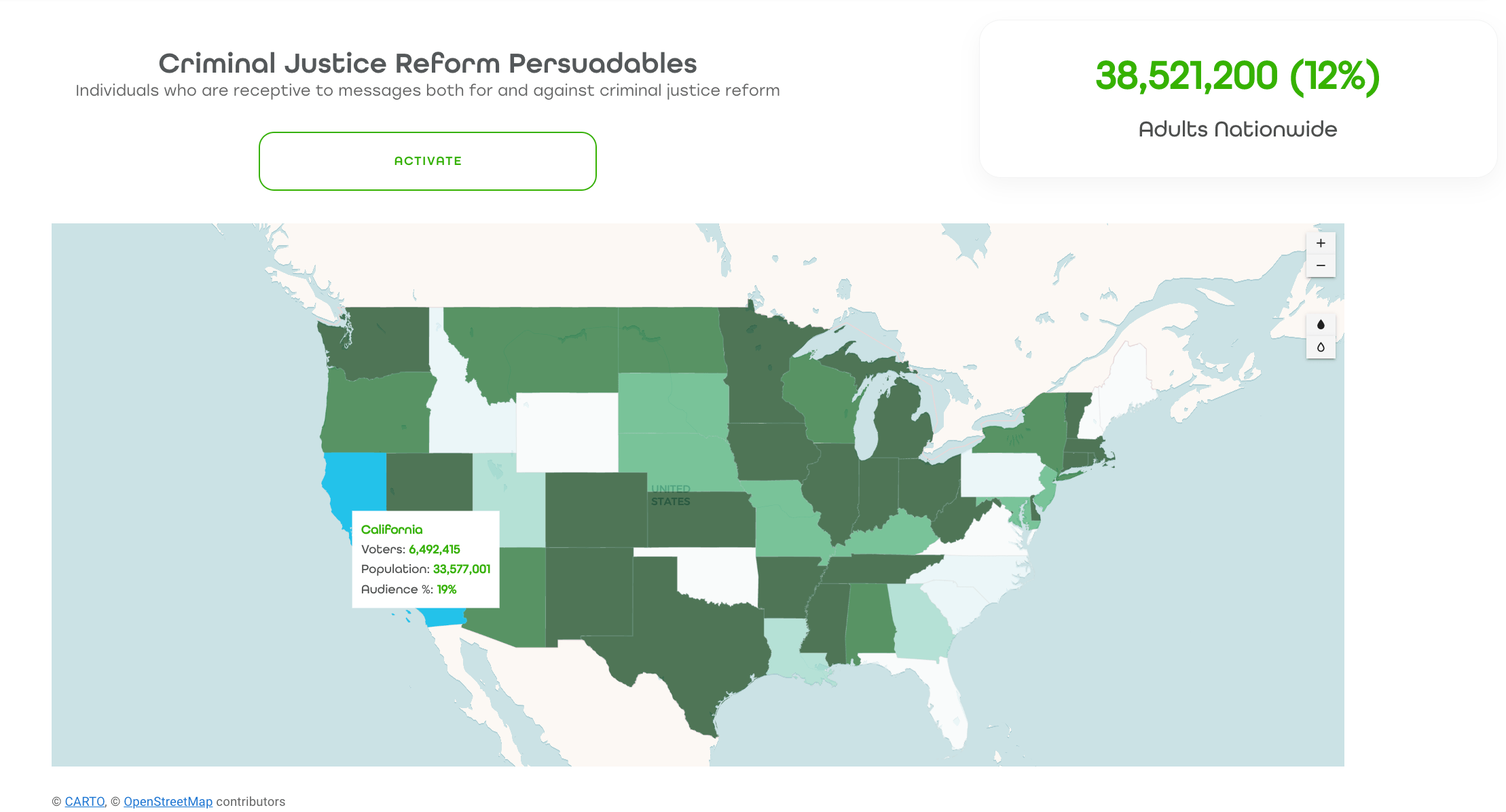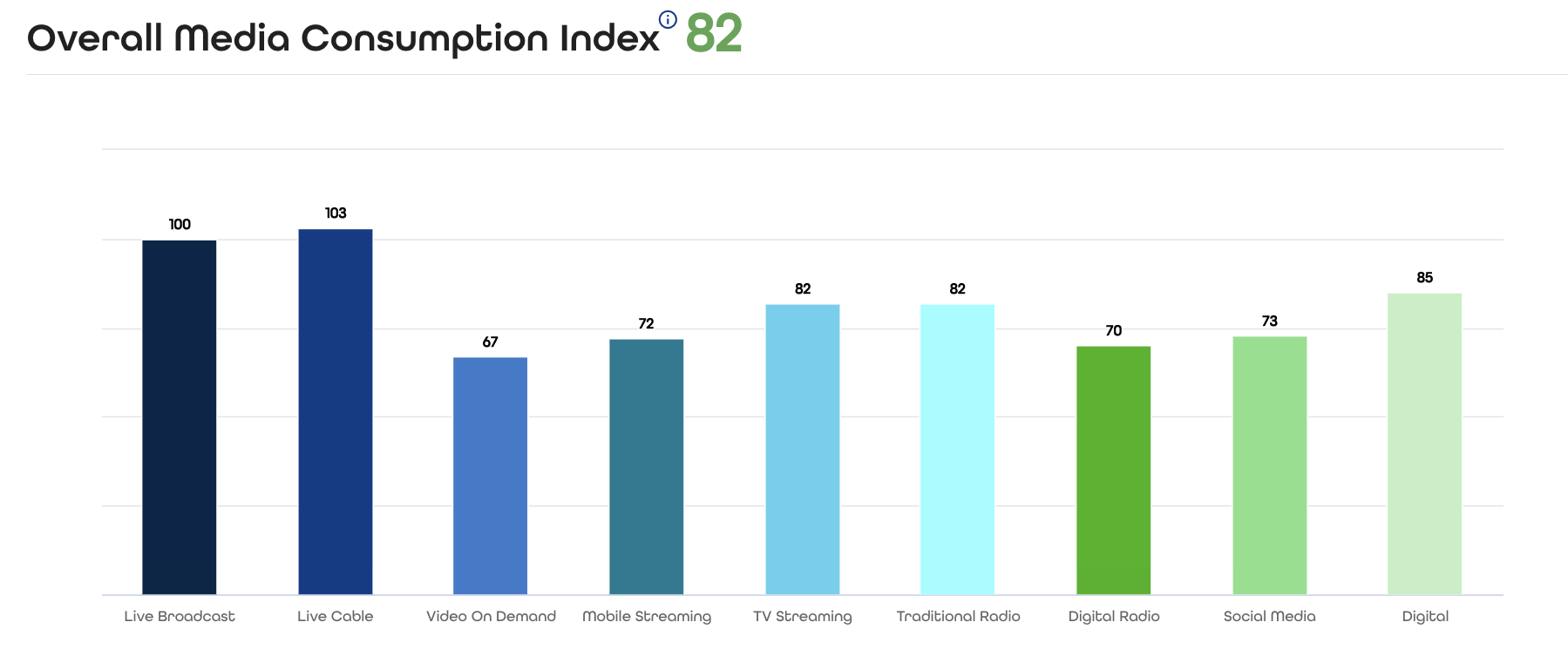You’re in the grocery store, minding your own business, perusing the produce. The intercom crackles on. They’re paging one shopper. It’s a name you’ve never heard. You go back to squeezing avocados and trying to find the greenest bananas.
That “this has nothing to do with me” feeling is exactly what your ads will elicit if you target them too broadly. The right person may see and acknowledge your message because it’s meant for them. But what about all the other people you net in the process? Your ads are a more expensive intercom than the one at the grocery store.
With much higher stakes, you need to know when and how to target local audiences or lean on regional marketing. Tunnl’s leadership has spent decades revolutionizing the world of microtargeting so advertisers like you can reach the people invested in their message more easily - without wasting ad spend on audiences who don’t care.
But when is it right to take your targeted advertising to the local level? Let’s lay out the opportunities in national and local campaigns and explain the elements of a successful regional marketing effort, so you’re ready to pick and plan your strategy accordingly.
When Should You Target Local or National Audiences?
The scope of your campaign is heavily dependent on the goals you have for your ads. There are times when casting a wide net with a national campaign will get your message in front of everyone who needs to see it, like before a presidential election. But most of the time, a local campaign will work wonders for your reach efficiency because it allows you to concisely target the regions where your message is most relevant.
|
When to Run National Campaigns
|
When to Run Local Campaigns
|
- You’re a national brand with a universal message for all your customers.
- Your cause marketing message is relevant across the country.
- You’re publicizing issues on the federal ballot.
- You have a substantial budget to sustain higher impressions and broader targeting.
- You’re raising awareness about issues of national significance.
|
- Your message is regionally specific.
- You’re trying to motivate local voters.
- You’re publicizing an in-person event.
- You need to reach a regional slice of a broader target audience.
- You’re split-testing messaging in different areas.
- Your cause is focused on effecting change in a particular state, zip code, or media market.
- You’re running multiple campaigns.
- You have a limited budget.
|
Going local with your ad campaigns is almost always in your best interest. Rarely do your messages have relevance to everyone everywhere, and trying to reach such a wide population can be costly. Local campaigns are more efficient because you reach the right people in the right place who resonate closely with your message - all with less ad spend. Almost every issue is a local issue.
If you’re dealing with a local issue, you need a local audience - but let’s pause. We’re throwing around the word “local” a lot. What exactly does it mean to target local audiences?
What are Local Audiences?
Local audiences refer to any regionally-delineated group of people unified by their sentiments on an issue, cause, or message. While a local audience could refer to the people who live in a specific zip code, they can be broader than what’s typically considered “local.” You may be targeting larger zones as big as states or as small as counties.
A local audience could be all the Floridians who support sports betting or all the people influencing the conversation around labor laws in the Los Angeles media market. What’s important is that the people in your audience align with your campaign goal - who and where you’re trying to impact - and that are receptive to your message.
6 Steps to Target Local Audiences
Sounds great to focus your campaigns and put your ad budget only where it counts, but how do you do it? There’s a systematic way to succeed with local campaigns.
Step 1: Set your goals
A clear vision for your campaign will steer you in the right direction. Determine the outcome you aim to achieve - is it to inform, persuade, or remind your audience? What action do you want them to take? What do you want them to know? What will move the needle for your cause?
This will dictate the nature of your messaging and who its ideal recipients will be.
Step 2: Identify your audience
Your audience aligns with your goal. They’ll be most receptive to your message, issue, or cause. Who you choose can change the course of your campaign and dramatically impact your reach efficiency.
You probably already have an idea of who these people are - what they believe, what they care about, and where they stand on your issue. Find a prebuilt audience that aligns with the ideal audience in your campaign pitch or use custom audience builder tools - like Tunnl's Audience Builder - to create your own intersection of multiple available audiences.
Step 3: Select your geography
Hone in on the best locales to maximize your reach efficiency. You can determine the ideal regional spread for your campaign based on the issue you are focusing on.
Want to mobilize people to clean up Lake Michigan? Focus on Illinois, Indiana, Michigan, and Wisconsin, especially cities in proximity to the lake.
Need to reach voters before they seat a new commissioner in Cumberland county? Easy. Target voters who live in Cumberland county.

But there’s another way to pick your campaign geographies: Included with the audience insights in the Tunnl platform, you’ll see a map that breaks down the concentration of your audience in different regions. Since the cause at the heart of your campaign should dictate many other moves in your campaign planning, the map tool can help you unearth locations best suited to your message based on where your audience is dispersed.
Step 4: Check your audience size
Your audience needs to be focused enough to target efficiently but big enough to ensure adequate reach. Go too small, and your ads won’t get delivered. Go too broad, and you’re likely to waste your ad spend delivering your message to irrelevant audiences. There’s a sweet spot when it comes to audience size, so keep that in mind as you augment the scope of your campaign.
The Tunnl Audience Explorer, Advanced Search, and Audience Builder tools make it easy to tell how large your audience will be. Once you’ve selected an audience and the geography you want to focus on, you’ll see an estimated audience count. If it’s too small, use the Audience Builder to union or overlap other locations, issues, interests, or behaviors. If it’s too broad, implement exclusions to tighten up your audience count.
Step 5: Analyze local influence
Pair knowledge of where your audience is geographically dispersed with insights about where and how they spend their time. Find out if your targeted regional audience is more likely to stream their TV or enjoy linear broadcasts. Determine which forms of media are most popular with this pocket of your audience population.
Are they on social media? If so, which platforms get the most market share? Are they more or less inclined than other groups to listen to digital radio or watch video on demand? Every activity matters.
With local media mix, the Tunnl platform breaks down the mediums and platforms your audience is dispersed across, detailing the share of media consumption for each one.
Stick to the platforms touting scores close to or higher than 100. They’re where you’re most likely to reach your audience.
Audience media mix insights point you to the platforms that have the most traction with your audience. They are the treasure map; X marks the spot. Equipped with index scores and share of media consumption insights, you know the mediums your audience prefers, the platforms they keep coming back to, and which spots get more than their fair share of an audience’s time.
Let the insights in your local media mix dictate the remaining variables of your ad campaign:
Like all ads, local campaigns are iterative. You’ll learn a lot about your audience as you advertise. But the tools you have at your disposal can accelerate you past the trial-and-error process into an era of data-backed campaign planning, optimization, and incremental reach.
You can begin improving your local targeting by delving deeper into audiences. Explore how Tunnl builds audiences to get peace of mind about where our audience data comes from or compare your current audience size against what we’ve learned about ideal target audience sizes to see if you’re on the right track already.


.png)



